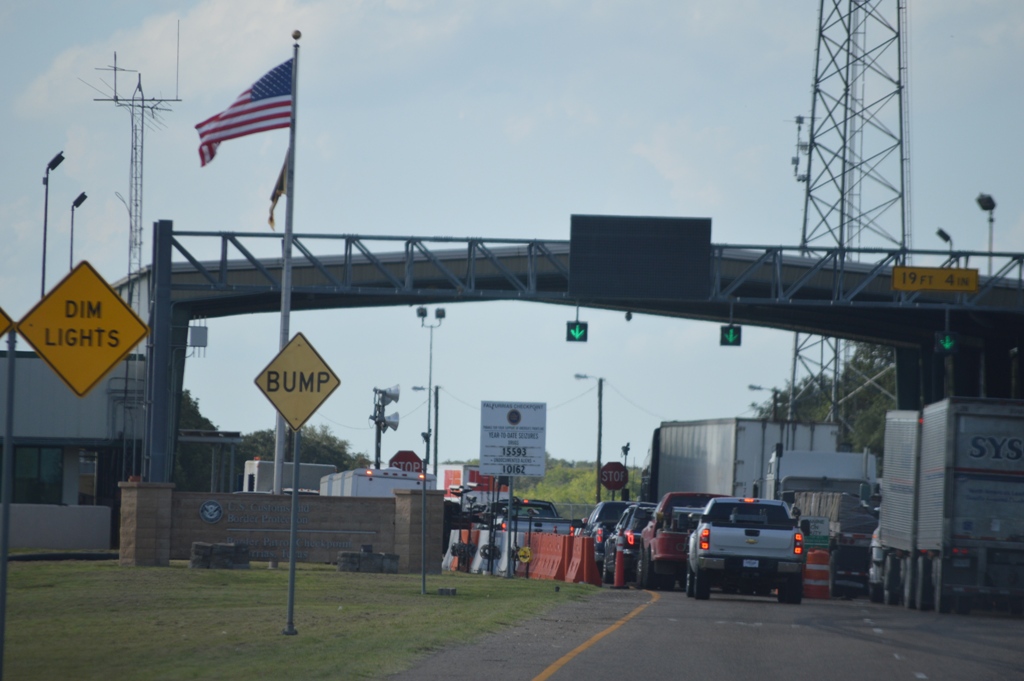Pictured above is the Falfurrias Border Patrol Checkpoint. The highway it blockades, US 281, spans from Mexico to the Canada border. It is one of the many ways the U.S. Border Patrol polices our borders.
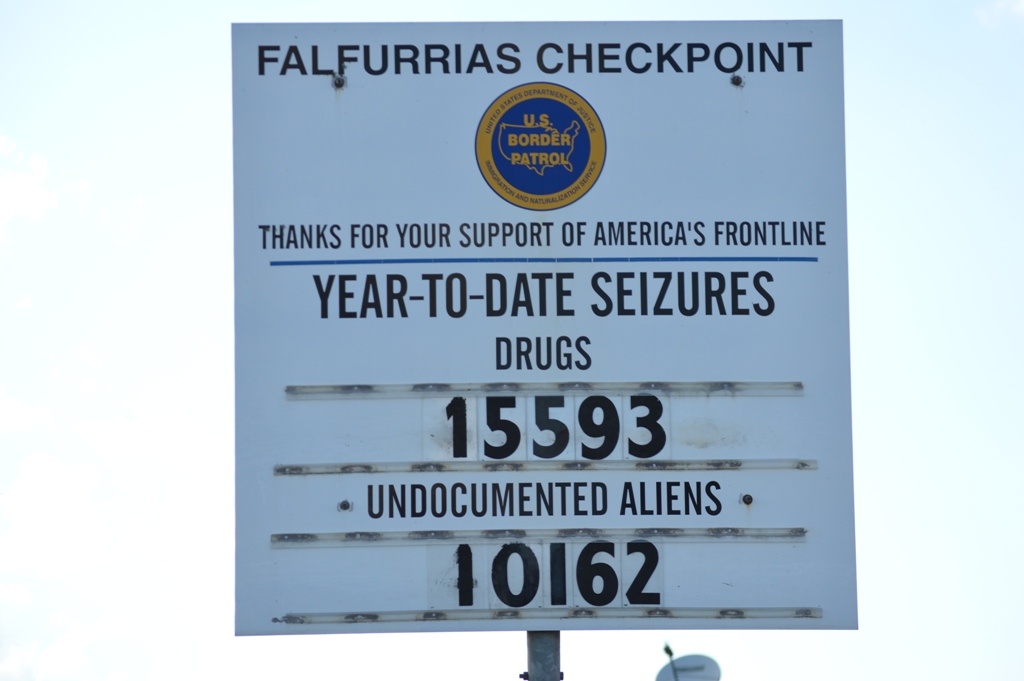 I learned a lot about the different methods agents use on this trip. Please allow me to give you a brief tour of a few of them.
I learned a lot about the different methods agents use on this trip. Please allow me to give you a brief tour of a few of them.
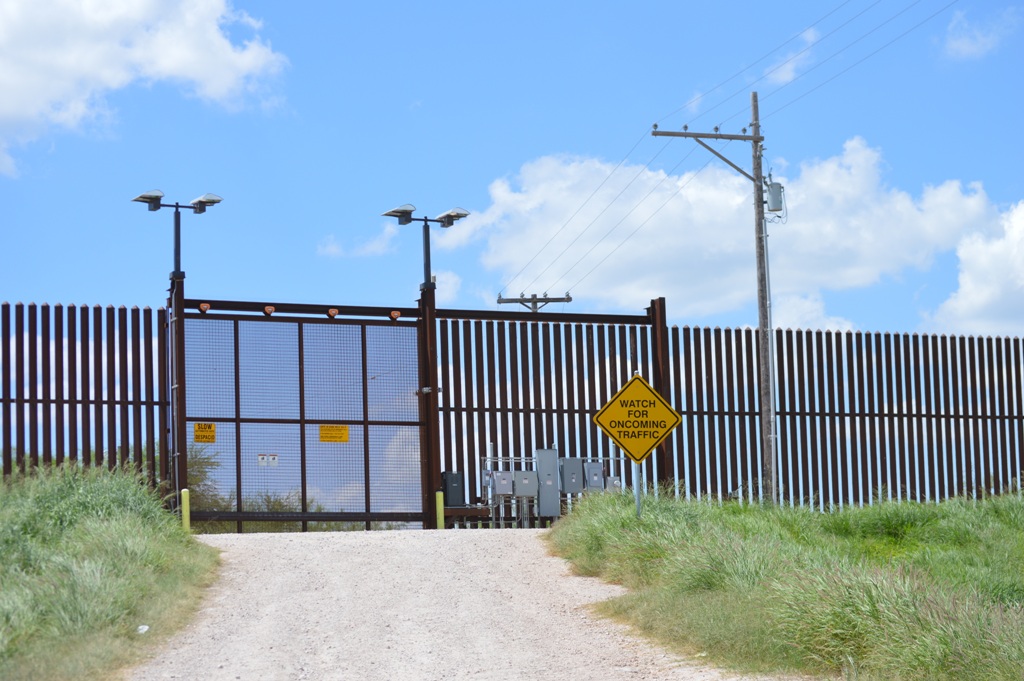 Perhaps the most obvious is the fence at the border. It lies on the U.S. side of the Rio Grande. It is a stretch of steel and steep cliffs. It is also lined with many remote sensing devices. We were in this location for only a matter of moments before Border Patrol arrived to greet us.
Perhaps the most obvious is the fence at the border. It lies on the U.S. side of the Rio Grande. It is a stretch of steel and steep cliffs. It is also lined with many remote sensing devices. We were in this location for only a matter of moments before Border Patrol arrived to greet us.
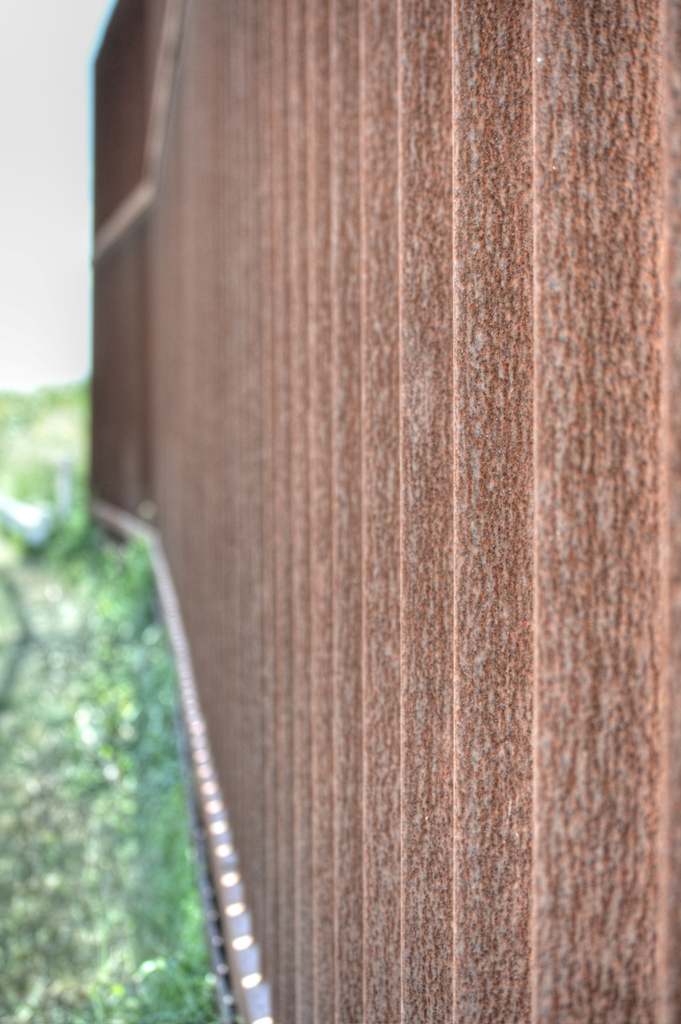 The fence does not span, the entire length of the border, but where it does it is quite intimidating. There are stories about migrants trying to sneak past, only to be killed by the slow crushing force of the mechanical gates.
The fence does not span, the entire length of the border, but where it does it is quite intimidating. There are stories about migrants trying to sneak past, only to be killed by the slow crushing force of the mechanical gates.
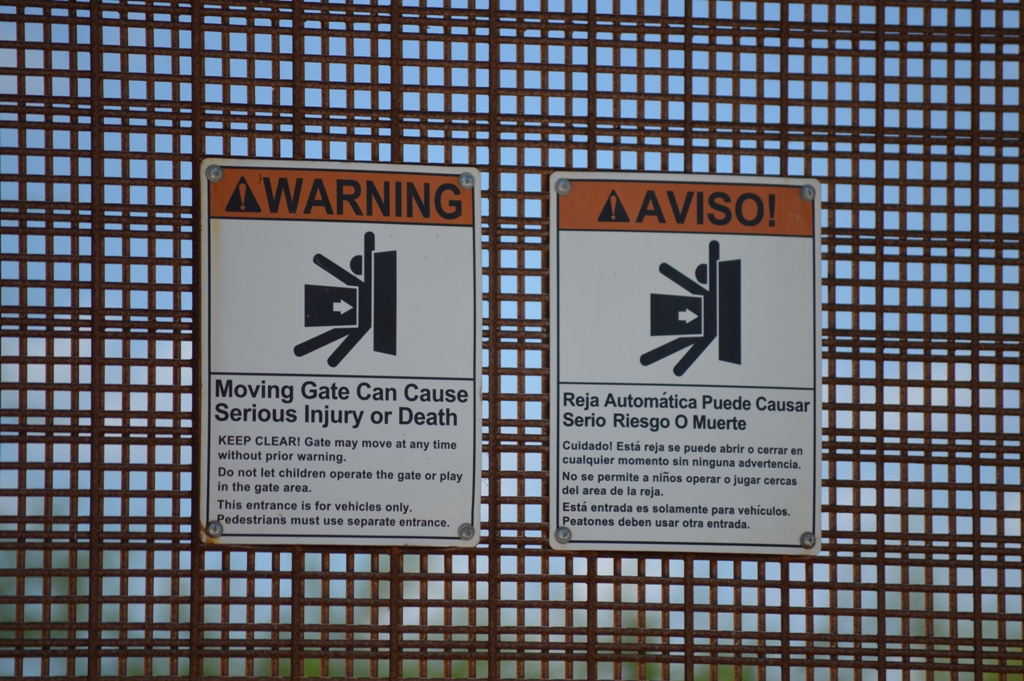 Another new addition to the arsenal of the Border Patrol is the aerostat. The aerostat is a tethered dirigible that is outfitted with cutting edge technology.
Another new addition to the arsenal of the Border Patrol is the aerostat. The aerostat is a tethered dirigible that is outfitted with cutting edge technology.
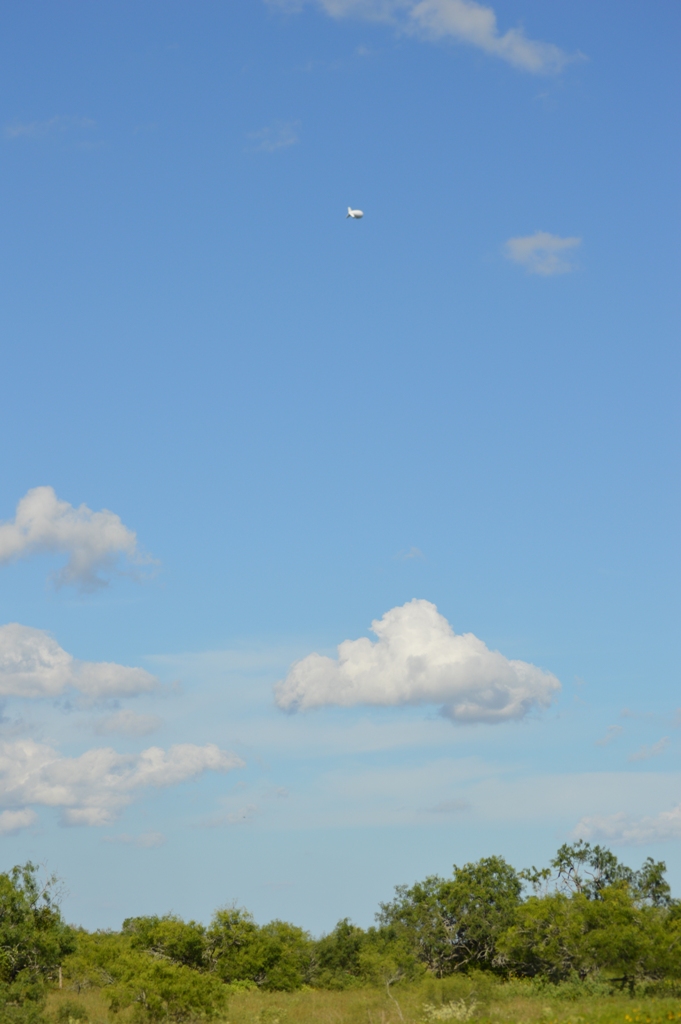 That tiny blimp in the background is the aerostat. Each one costs roughly $2.5 millions dollars. It has the capabilities of surveying over 20 miles. It is also equipped with thermal and night-vision. It can remotely survey vast areas of desert that would otherwise be nearly impossible.
That tiny blimp in the background is the aerostat. Each one costs roughly $2.5 millions dollars. It has the capabilities of surveying over 20 miles. It is also equipped with thermal and night-vision. It can remotely survey vast areas of desert that would otherwise be nearly impossible.
 Even with my largest zoom lens, the aerostat is barely visible in the distance.
Even with my largest zoom lens, the aerostat is barely visible in the distance.
 The tract of land above is colloquially known as “The High-Wire”. The high-wire is a swath of power lines that runs due north, making it a perfect landmark for migrants to follow (especially in an otherwise landmark-less terrain). It is also peppered with remote sensing devices. This makes it a powerful tracking device for Border Patrol, and a dangerous pathway for any migrants.
The tract of land above is colloquially known as “The High-Wire”. The high-wire is a swath of power lines that runs due north, making it a perfect landmark for migrants to follow (especially in an otherwise landmark-less terrain). It is also peppered with remote sensing devices. This makes it a powerful tracking device for Border Patrol, and a dangerous pathway for any migrants.
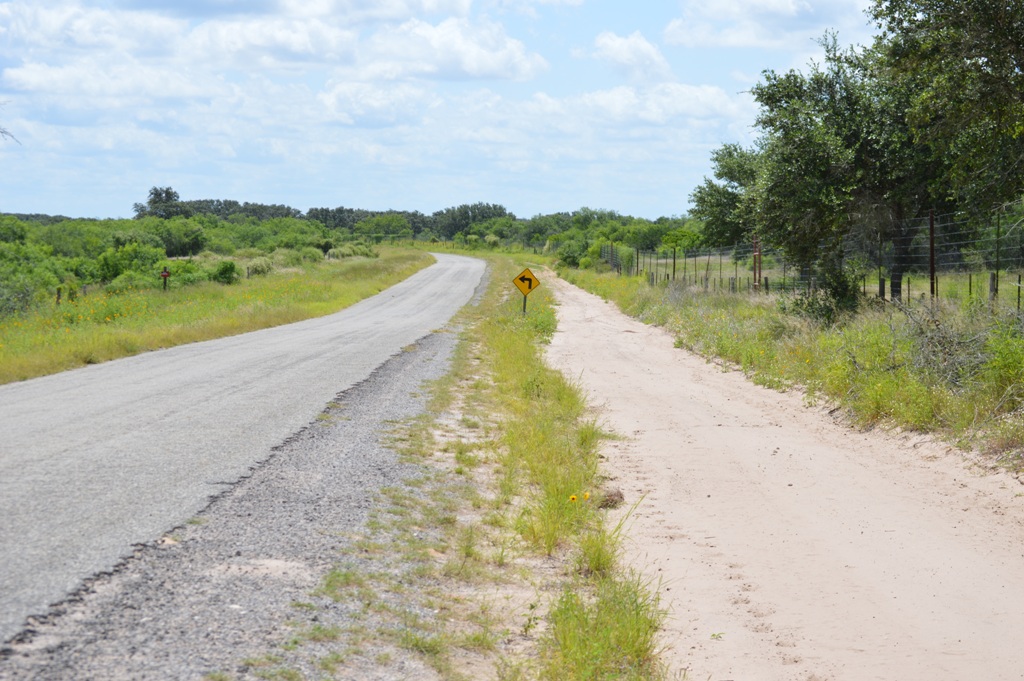 In addition to all of the high-tech patrolling methods, border patrol also uses several low-tech methods. Most of the ranches in South Texas are surrounded by dirt maintenance roads. The maintenance roads on the inside of the fence are mainly used by the ranchers. The maintenance roads on the outside of the fence are heavily utilized by the Border Patrol.
In addition to all of the high-tech patrolling methods, border patrol also uses several low-tech methods. Most of the ranches in South Texas are surrounded by dirt maintenance roads. The maintenance roads on the inside of the fence are mainly used by the ranchers. The maintenance roads on the outside of the fence are heavily utilized by the Border Patrol.
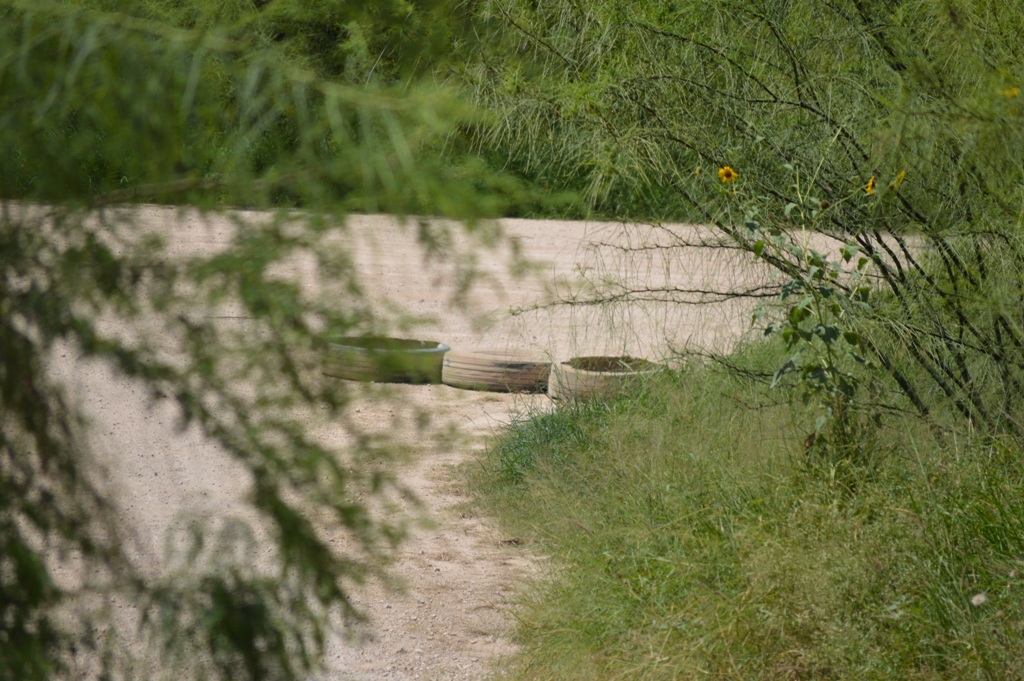 Tires like these are dragged with chains behind vehicle to grate the road. After the road is grated, Border Patrol can track footprints across the dirt pathways.
Tires like these are dragged with chains behind vehicle to grate the road. After the road is grated, Border Patrol can track footprints across the dirt pathways.
These are just a few of the many tools that the U.S. Border Patrol uses to detect individuals crossing the border.
